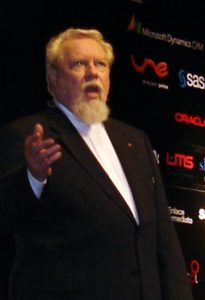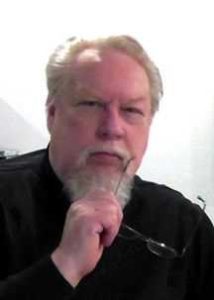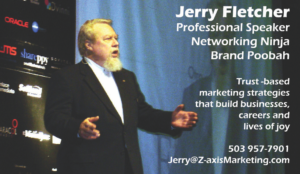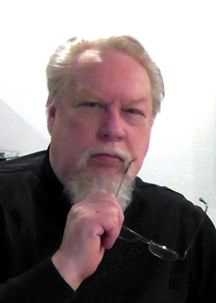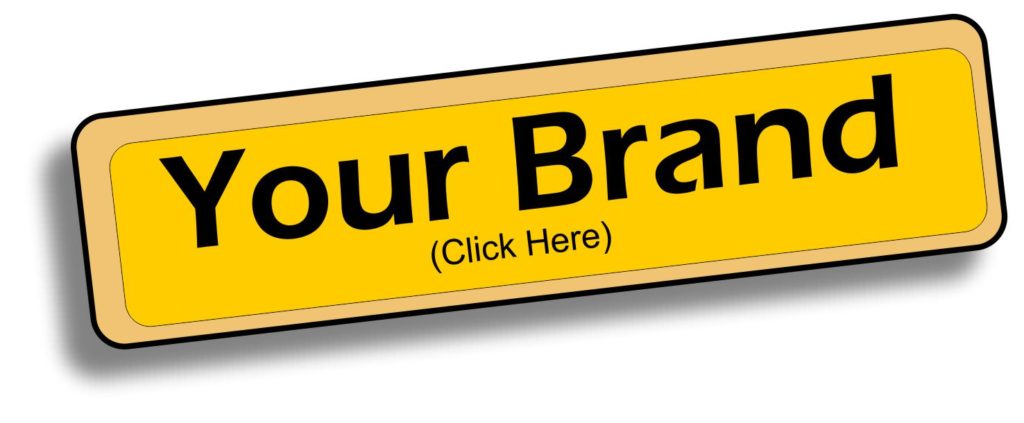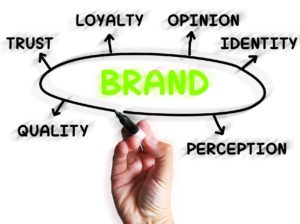 Brand is an expression of Trust.
Brand is an expression of Trust.
That means that every contact you or your organization have with an individual can impact how much they trust you and just what they think feel and believe about your brand.
A recent experience with a company demonstrates how to screw this up:
If you are a senior they offer a wonderful service.
They are there when you’ve fallen and can’t get up.
They are there when you need to get to the emergency room now.
You would think they would be there for the relatives after a loved one passes on.
Wrong!
First they call and demand the equipment. Then they dictate how you are going to return it.
Yes, they will have UPS pick it up at no charge.
No, it does not have to be returned from the address of the user. Your business, your home or a neighbor is acceptable as a pick-up point.
Maybe you could leave it on the porch if you can’t be there.
You can’t get a prepaid label sent to you so you can take the equipment to a UPS Store on your own schedule. Explaining that you are in another state 2200 miles away from the equipment and not available to wait for a driver to get around to you does no good.
You must take time out of a wall-to-wall schedule when you are in Mom’s home town because sending you a prepaid label to take to a UPS store “can’t be done.”
Never mind that you’re grieving. You must to do it their way.
I won’t be held hostage by having to wait for an unscheduled pickup.
I won’t accept responsibility or liability for goods left on a porch at their direction.
I will cooperate with a customer service person who listens and tells me the truth. (So far, I’ve spoken to at four and my situation is off their scripts and it is obvious that management has no Trust in their staff.)
I’m done, except for a letter to the Chairman and CEO of the organization.
My letter will detail the multiple telephone discussions and refusals to listen. More importantly I will reiterate some points I’ve made on platforms across the country.
- Your brand is an expression of Trust.
- Your brand is a reflection of all the trust points in your organization.
- Your brand strength requires Trust in yourself, Trust in your company, Trust in your employees, and Trust in your customers.
- Your brand is the sum-total of all those points of trust. If they diminish your organization will wane and die.
____________________________________________________________________
 Jerry Fletcher, Networking Ninja, is a sought after International Speaker, beBee ambassador, founder and Grand Poobah of www.BrandBrainTrust.com
Jerry Fletcher, Networking Ninja, is a sought after International Speaker, beBee ambassador, founder and Grand Poobah of www.BrandBrainTrust.com
His consulting practice, founded in 1990, is known for Trust-based Brand development, Positioning and Business Development on and off-line.
Consulting: www.JerryFletcher.com
Speaking: www.NetworkingNinja.com


